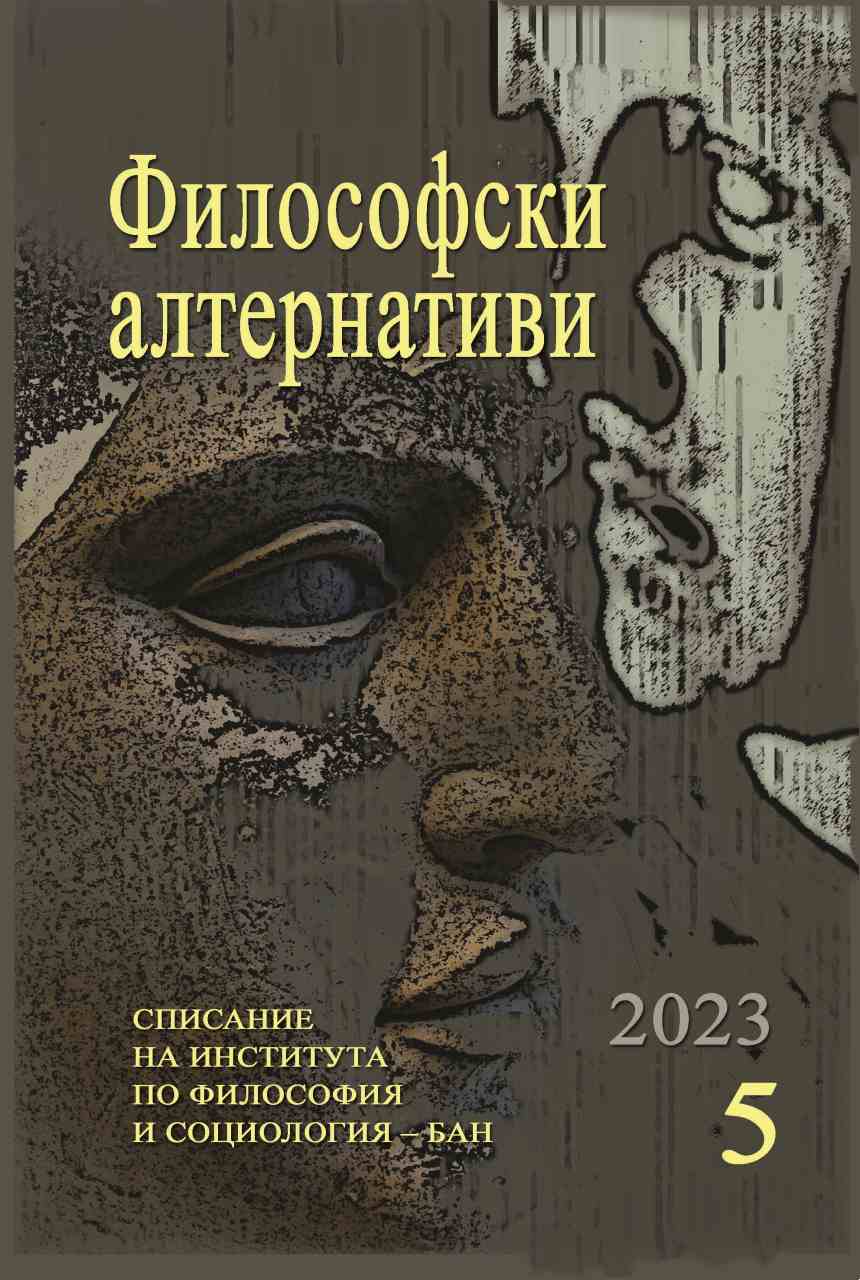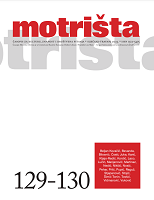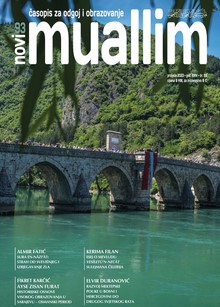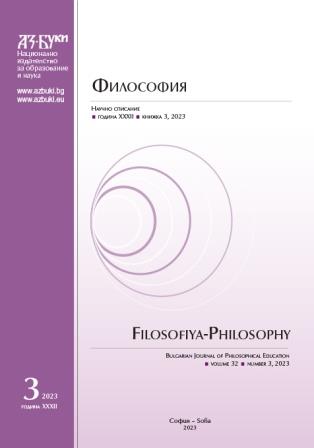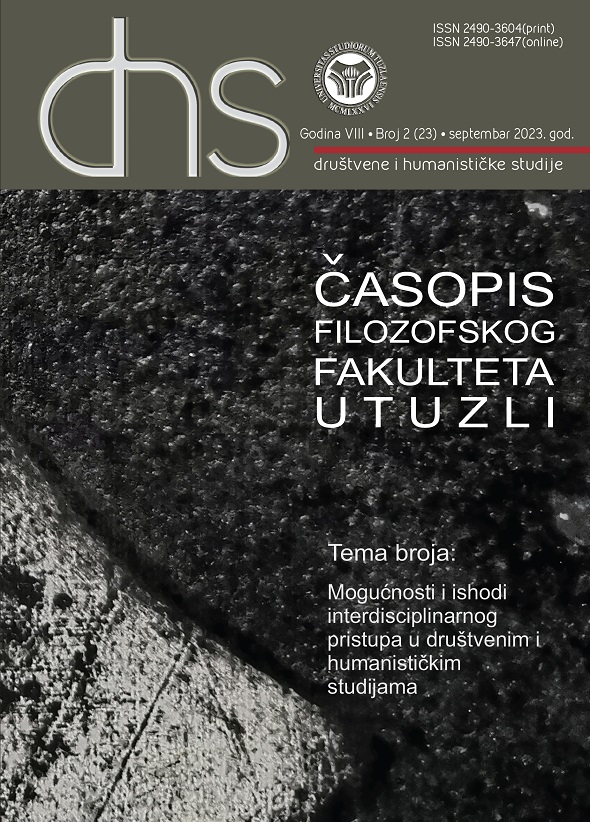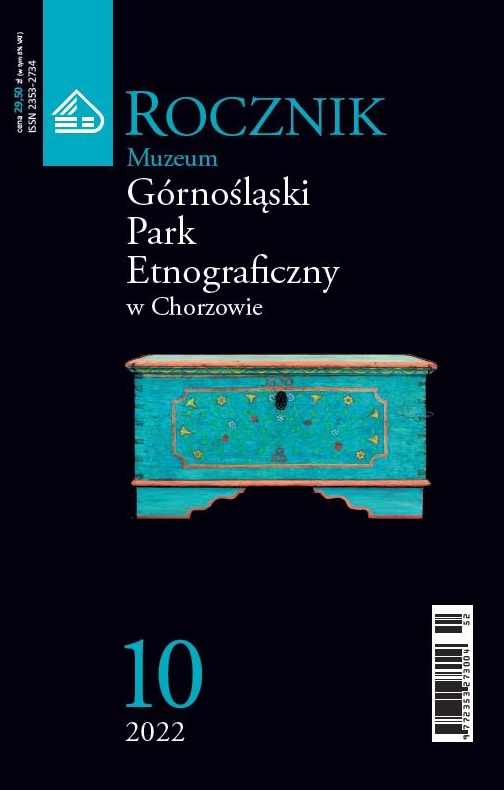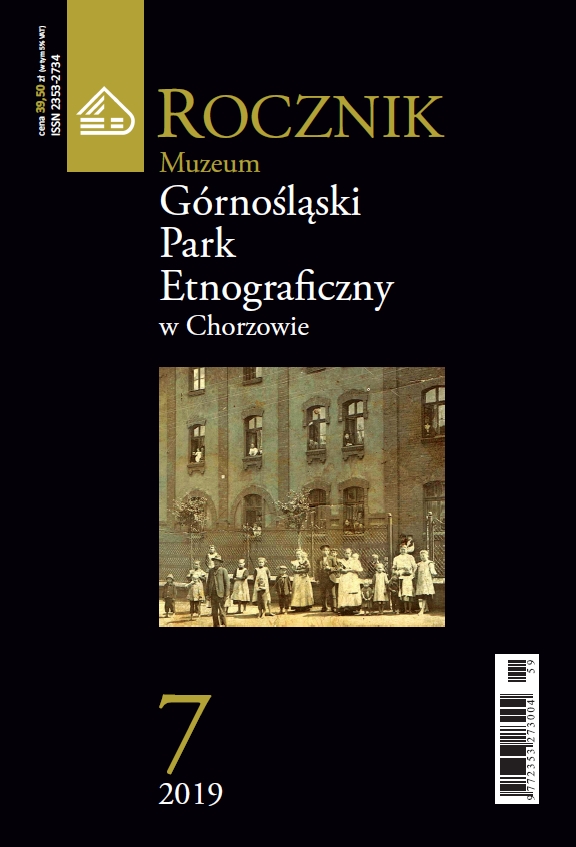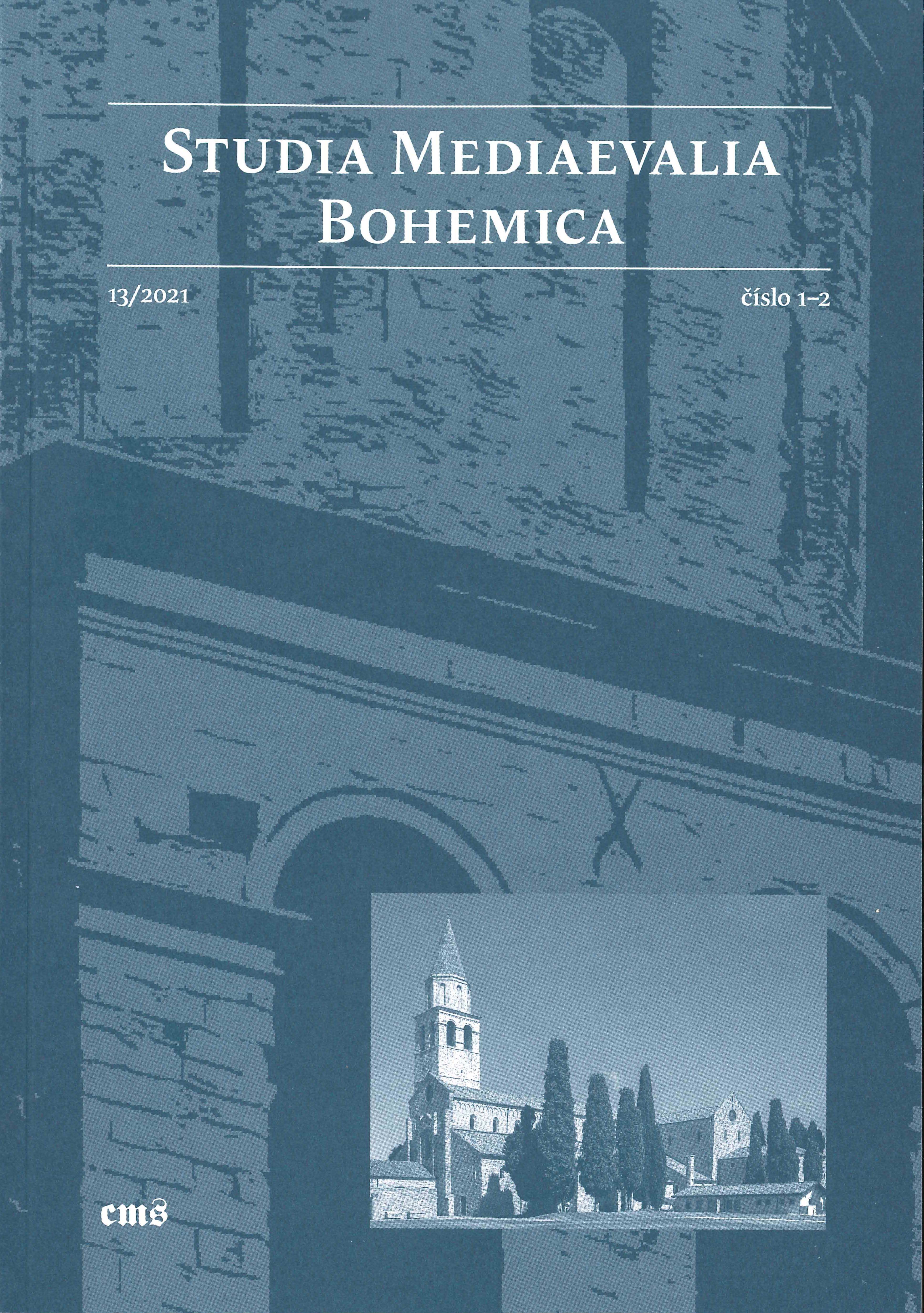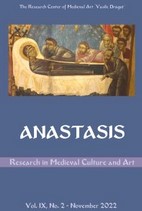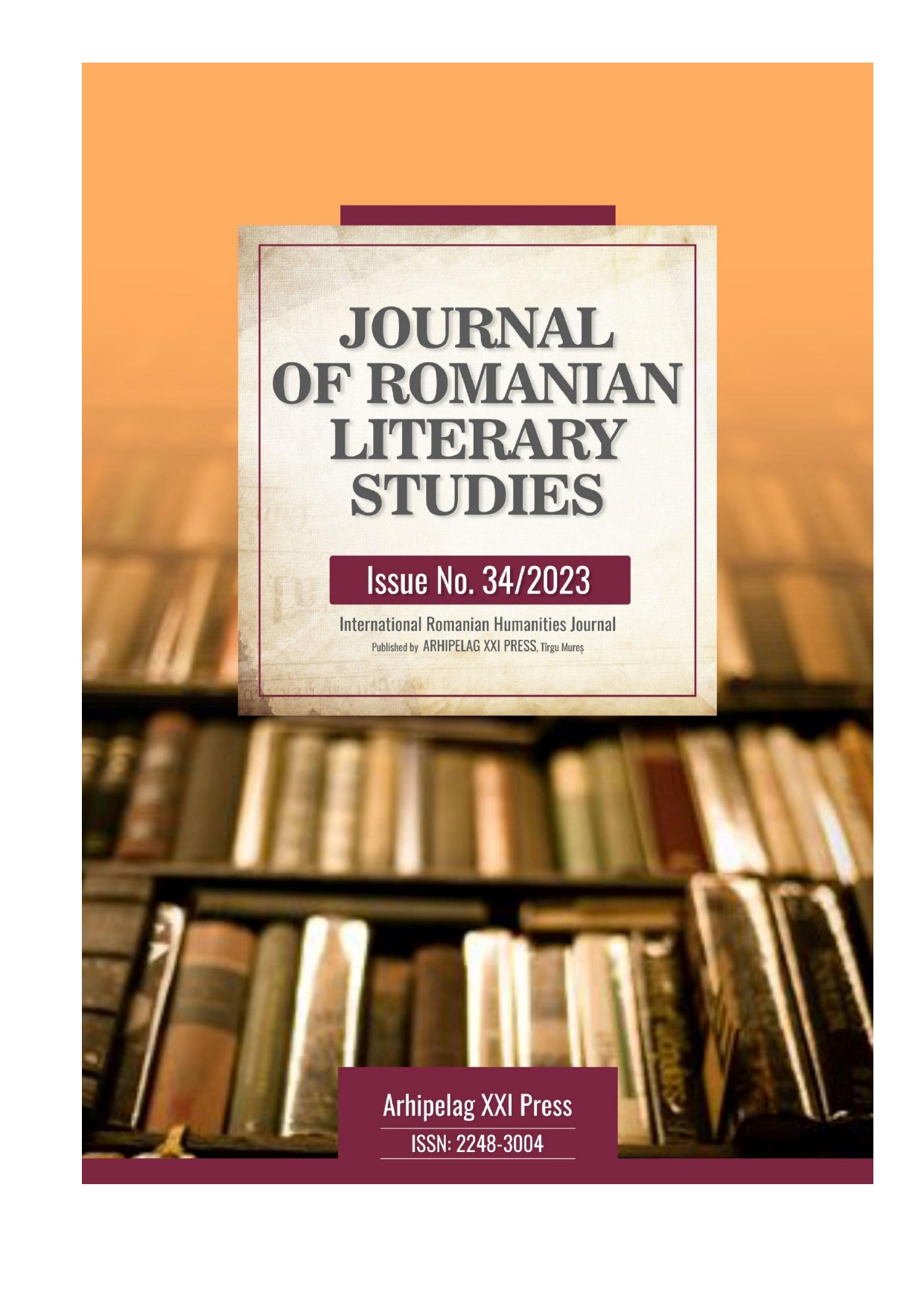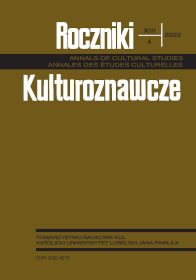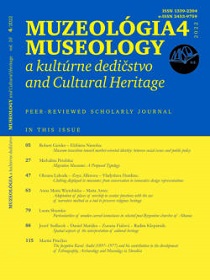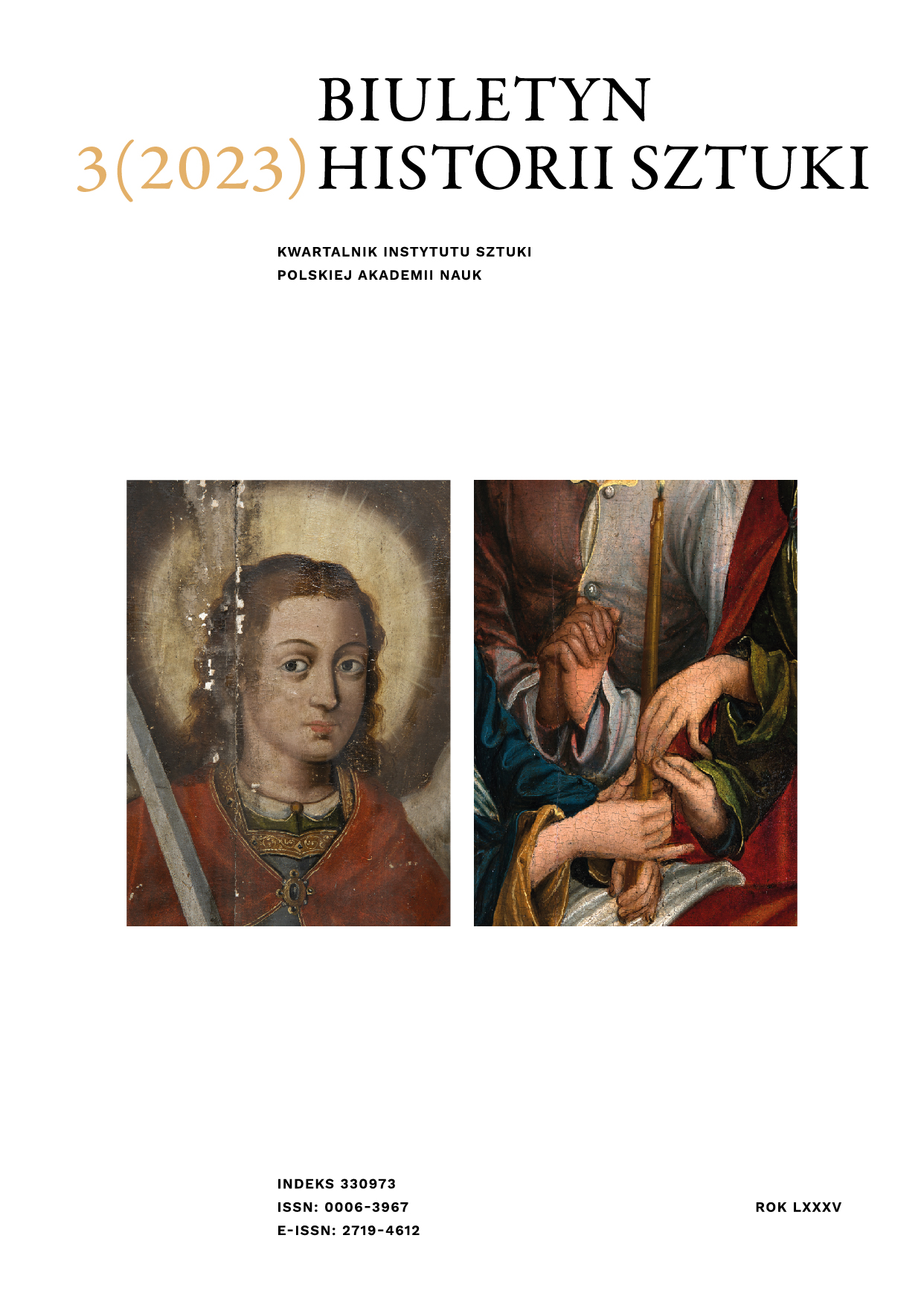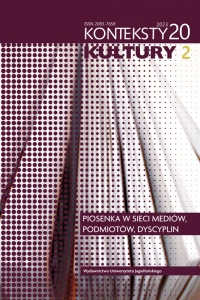Author(s): . Miscellaneous / Language(s): English,Czech,German
Issue: 1-2/2021
This paper contains following book annotations:
1. Anna Aurast, Fremde, Freunde, Feinde. Wahrnehmung und Bewertung von Fremden in den Chroniken des Gallus Anonymus und des Cosmas von Prag, Verlag Dr. Dieter Winkler, Bochum 2019 337 s., ISBN 978-3-89911-274-0
2. Miroslav Lysý, Husitská revolúcia a Uhorsko, Wolters Kluwer – Právnická fakulta Univerzity Komenského v Bratislave, Bratislava 2016 204 s., ISBN 978-80-8168-503-3 (WK); 978-80-7160-403-7 (PF UK)
3. Martin Nejedlý, Pohleďte do zrcadla! Čtyři příběhy o autorech a čtenářích pramenů pozdního středověku, Scriptorium, Praha 2016 747 s., ISBN 978-80-88013-38-9
4. Jiří Koten, Poetika narativního komentáře. Rétorický vypravěč v české literatuře, Host – Ústav pro českou literaturu AV ČR, Brno – Praha 2020 256 s., ISBN 978-80-2750-247-9
5. Marcel Martin, Světlo z Byzance. Řecká studia v renesanční Itálii, 1360–1534, Pavel Mervart, Červený Kostelec 2018 477 s., ISBN 978-80-7465-295-0
6. Kalich jako symbol v prvním století utrakvismu, edd. Ota Halama – Pavel Soukup, Centrum medievistických studií – Filosofia, Praha 2016 241 s., ISBN 978-80-7007-474-9
7. Starodávné bejlí. Obrysy populární a brakové literatury ve starověku a středověku, edd. Sylva Fischerová – Jiří Starý, Filozofická fakulta Univerzity Karlovy, Praha 2017 420 s., ISBN 978-80-7308-696-1
8. Legenda o bratru Hroznatovi / Vita fratris Hroznatae, ed. Petr Kubín, Togga, Praha 2017 (= Fontes Bohemiae hagiographici II) 328 s., ISBN 978-80-7476-118-8
9. Staré letopisy české (Východočeská větev a některé související texty), edd. Alena M. Černá – Petr Čornej – Markéta Klosová, Filosofia, Praha 2018 (= Fontes rerum Bohemicarum. Series nova. Tomus III) XLVIII + 683 s., ISBN 978-80-7007-555-5
10. Böhmische Bürgertestamente des 15. Jahrhunderts, ed. Thomas Krzenck, Verlag Herder Institut, Marburg 2017 (= Quellen zur Geschichte und Landeskunde Ostmitteleuropas) 484 s., ISBN 978-3-87969-422-8
11. Čítanka latinských textů z pozdně středověkých Čech, edd. Lucie Doležalová – Michal Dragoun – Jan Ctibor, Scriptorium, Dolní Břežany 2017 355 s., ISBN 978-80-88013-50-1
12. A Heraldic Miscellany. Fifteenth-Century Treatises on Blazon and the Office of Arms in English and Scots, ed. Richard J. Moll, Liverpool University Press, Liverpool 2018 (= Exeter Medieval English Texts and Studies) 312 s., ISBN 978-1-78138-248-6
13. Martin Musílek, Hertvíkové z Rušinova. Východočeská šlechta ve víru husitských bouří, Nakladatelství Lidové noviny, Praha 2021 (= Šlechtické rody Čech, Moravy a Slezska 17) 793 s., ISBN 978-80-7422-763-9
14. Claire Taylor Jones, Ruling the Spirit. Women, Liturgy, and Dominican Reform in Late Medieval Germany, Pennsylvania University Press, Philadelphia 2018 224 s., ISBN 978-0-8122-4955-2
15. Miriam Laclavíková – Adriana Švecová, Žena v stredovekom a novovekom Uhorsku. Právne postavenie šľachtičnej v oblasti dedičských a majetkových práv, Leges, Praha 2020 146 s., ISBN 978-80-7502-458-9
16. Markéta Marková, Hranice a hraničení v českých zemích ve středověku, Historický ústav AV ČR, Praha 2021 200 s., ISBN 978-80-7422-810-0
17. Miikka Tamminen, Crusade Preaching and the Ideal Crusader, Brepols, Turnhout 2018 (= Sermo. Studies on Patristic, Medieval and Reformation Sermons and Preaching 14) X + 332 s., ISBN 978-2-503-57725-8
18. Pavel Krafl, Dvě studie k synodálnímu zákonodárství (Würzburg 1287, Kališ 1420), Univerzita Konštantína Filozofa, Nitra 2021 119 s., ISBN 978-80-558-1740-8
19. Sean A. Otto, John Wyclif. New Perspectives on an Old Controversy, Eugene (Oregon), Wipf and Stock 2021 86 s., ISBN 978-1-7252-5104-5
20. Kamila Veverková, The Four Articles of Prague within the Public Sphere of Hussite Bohemia. On the 600th Anniversary of Their Declaration (1420–2020) (= Czech Theological Perspectives 1), Lexington Books, London 2021 154 s., ISBN 978-1793637727
21. Jiří Kuthan et al., Dílo knížat a králů z rodu Přemyslovců, Nakladatelství Lidové noviny, Praha 2018 831 s., ISBN 978-80-7422-438-6
22. Nad slunce krásnější. Plzeňská madona a krásný sloh, edd. Petr Jindra – Michaela Ottová, Západočeská galerie v Plzni – Katolická teologická fakulta UK, Plzeň – Praha 2020 471 s., ISBN 978-80-88027-50-9 (ZČG); 978-80-87922-31-6 (UK)
23. Očím skryté. Průzkum podkreseb na deskových malbách 14.–15. století ze sbírek Národní galerie v Praze, edd. Helena Dáňová – Štěpánka Chlumská, Praha 2017 292 s., ISBN 978-80-7035-666-1
24. Peter Kováč, Katedrála v Remeši. Chrám pro korunovace francouzských králů, Ars Auro Prior, Praha 2018 (= Stavitelé katedrál 5) 720 s., ISBN 978-80-904298-5-7
25. Béla Miklós Szőke, Die Karolingerzeit in Pannonien, Mainz 2021 (= Monographien des Römisch- -Germanisches Zentralmuseums 145) 503 s., 107 obr., ISBN 978-3-88467-308-9
26. Rudolf Procházka – Adéla Balcárková – Miriam Nývltová Fišáková – Antonín Přichystal, Přerov, Horní náměstí č. p. 19, 20. Otázka prostorového vývoje lokality a možnosti poznání socioekonomického profilu jejích obyvatel v 9.–12. století, Archeologický ústav AV ČR, Brno 2020 (= Spisy Archeologického ústavu AV ČR Brno 67) 197 s., ISBN 978-80-7524-039-2
27. Jiří Havlice – Jan Kypta a kol., Gotické kachle z Jindřichova Hradce, Národní památkový ústav, ú.o.p. v Českých Budějovicích, České Budějovice 2017 216 s., ISBN 978-80-850-3378-6
28. Čeněk Pavlík, Velký obrazový atlas gotických kachlových reliéfů. Čechy, Morava, české Slezsko, Libri, Praha 2017 543 s., ISBN 978-80-7277-566-8
29. Ostrava. Počátky a vývoj středověkého města, ed. Blažena Przybylová, Statutární město Ostrava, Ostrava 2017 195 s., ISBN 978-80-906618-4-4
30. Jiří Lapáček – Zdeněk Schenk – Lubor Maloň – Jan Lauro, Hrad Helfštýn. Strážce Moravské brány, Muzeum Komenského v Přerově, Přerov 2020 256 s., ISBN 978-80-87190-55-5
31. Interdisciplinární výzkum krajiny na pomezí Slezska a Moravy, edd. Peter Kováčik – Vratislav Janák – Jiří Ščučka, Slezská univerzita v Opavě – Vysoká škola báňská Technické univerzity v Ostravě – Ústav geoniky AV ČR – Univerzita Palackého v Olomouci, Opava – Ostrava – Olomouc 2020 232 s., ISBN 978-80-7510-440-3
More...
